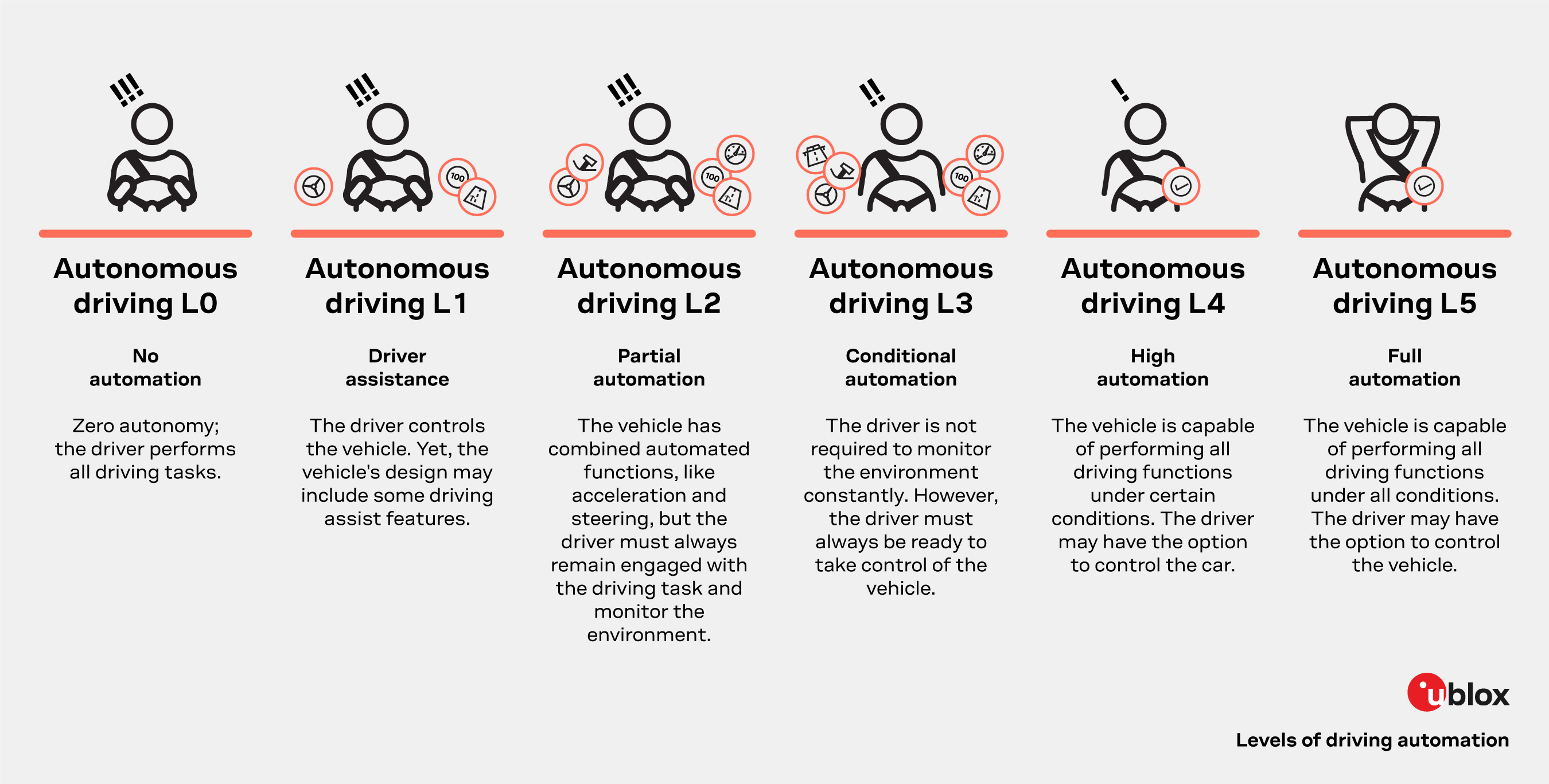
- Support portal
- Evaluation Kits and partner products
u-blox Support
- Product documentation
Documentation
- Investor relations
Investor relations
Insights
|
26 Jan 2024
The significance of GNSS positioning for levels of autonomy

Progress toward autonomous vehicles can be seen in a car museum. Visiting such places allows observers to witness the evolution of these machines. Although people in many countries still rely on old car models, the driving experience has changed significantly over the past forty years. It has gone from lively and demanding to much more relaxed and comfortable.
Back then, drivers and passengers were more exposed, feeling every change from bumps to extreme vibrations, such as when cars passed over a speed bump or traveled at high speeds. Other than rearview mirrors, no further assistance was available.
Thanks to the evolution of technology, the modern car has become a computer on wheels, providing driving support that is continually improving. Today, automotive assistance has transformed safety and the overall driving experience. And the future looks even brighter. In the coming years, it will be possible to travel without a driver at the steering wheel.
With the automated driving system engaged, drivers will travel many kilometers without looking at the road. Instead, they will enjoy the view, read a book, watch a movie, play some video games, or relax and take a nap, waking up right before reaching their destination. We are approaching scenes reminiscent of George Jetson “driving” his car – with his legs resting on the car’s dashboard without moving a finger.
But it all starts with a core component. Most means of transport, IoT devices, and home appliances rely on components that are essential to their proper functioning. Without these components, their operation wouldn’t be possible. For example, trains wouldn’t move without engines, and electronic devices wouldn’t work without semiconductors. Automated and autonomous vehicles are no different. But before delving into this topic, let’s first discuss the types of autonomous driving levels and the assistance they provide to the driver.
In 2014, the Society for Automotive Engineers (SAE) categorized the levels of autonomous driving into six advanced driver assistance systems, from level 0 to level 5.
Since then, the automotive industry has used this taxonomy as a reference when discussing new features and advancements in new vehicle models. The industry also uses it to identify challenges associated with each level.

Level 2 and Level 2+ support the driver in handling various driving scenarios autonomously. These semi-autonomous systems enable drivers to take their hands off the wheel, providing significant assistance during the journey. Yet, “eyes off” is still a wish.
Level 2+ extends the operational design domain of Level 2 features for eventual ubiquitous support. Features such as lane-keep assist, automatic cruise control, or traffic jam pilot can be enabled in specific geofenced zones.
Although these semi-autonomous vehicles make independent decisions, the responsibility lies with the driver, who must always remain alert, even in hands-off situations.
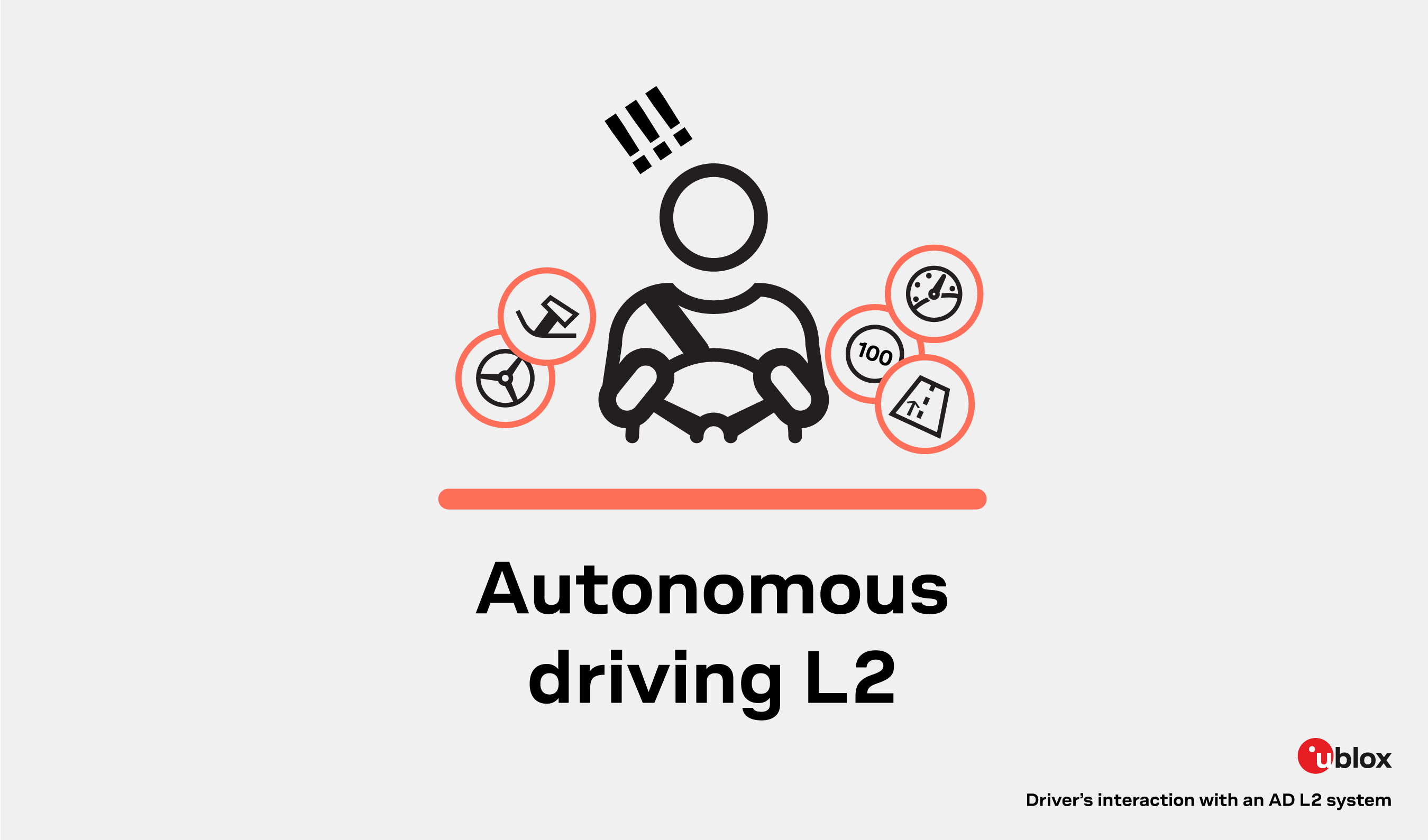
Level 3 autonomous driving promises to let drivers have hands free and eyes off the road ‒ a breakthrough in automated driving systems. In this case, the driver is no longer in charge, and when the feature is active, he or she can be “eyes off” and “hands off.”
Based on reliable detection, the system should activate certain functionalities in precise geofenced areas with specific zone/environmental conditions. For this level of autonomy, such as driving autonomously on a particular stretch of highway, precise and trustworthy absolute positioning is fundamental.
The real challenge in deploying this system lies not only in the technological improvements but also in the regulations that must be met. Enabling a car to make decisions implies a shift in responsibility that will certainly not be immediate.
With this in mind, while automotive OEMs have begun to deploy the first Level 3 vehicles, large-scale passenger car deployments are expected to increase significantly toward the end of the decade.
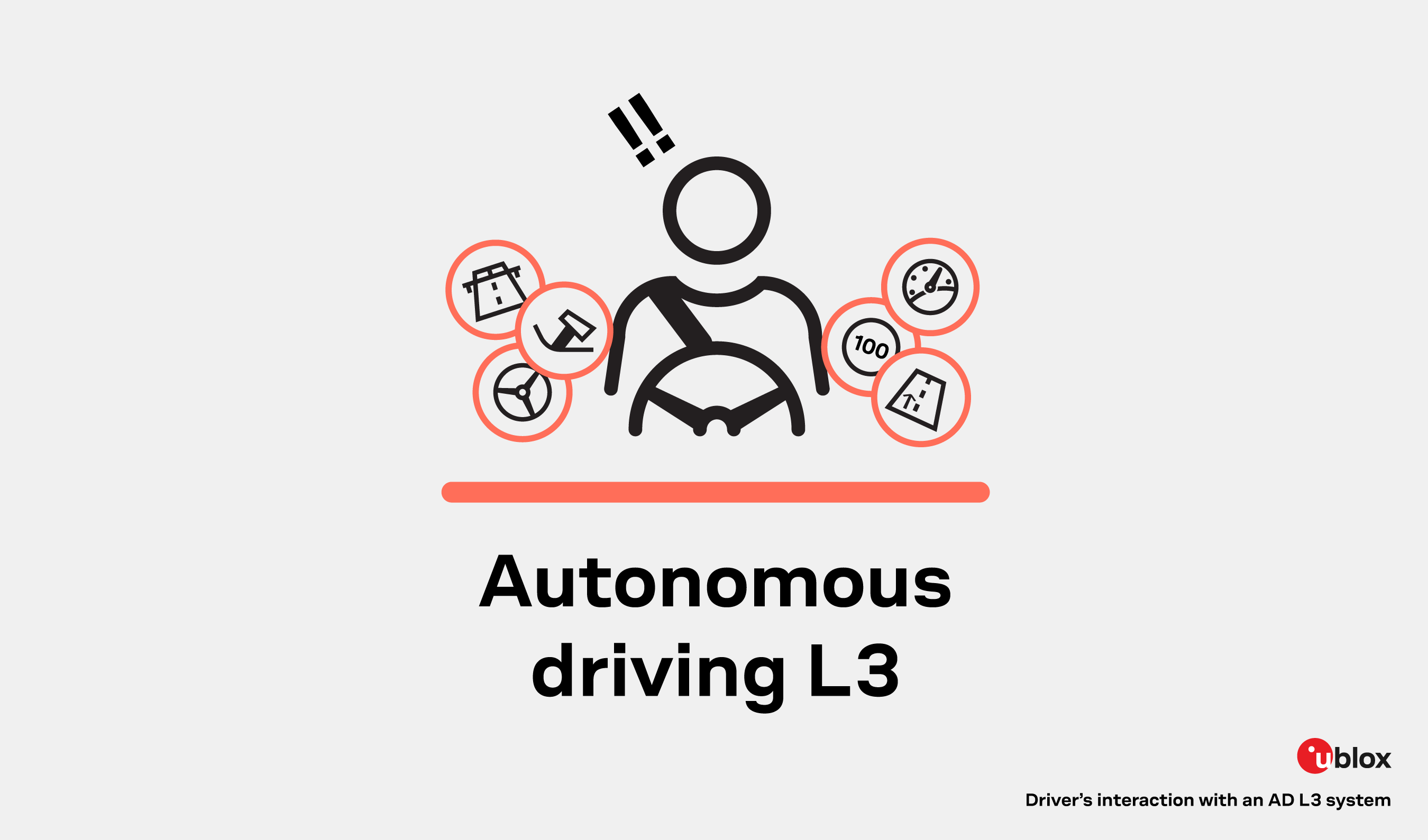
Vehicles equipped with level 4 and level 5 systems will operate with full autonomy, without a driver or human supervision in restricted areas or other scenarios.
This level of autonomous driving paves the way for automated mobile robots, which promise to revolutionize mobility services. Level 4 and level 5 will propel robot taxis, automated shuttles, and buses to transport people across multiple ecosystems, including cities and highways.
This technology is expected to reduce the cost per kilometer of mobility services, leading to democratization.
Robots can also use such systems to deliver packages by driving on roads or sidewalks. Long-haul trucks represent another potential business case for level 4, as these systems could enable autonomous long-distance highway travel.
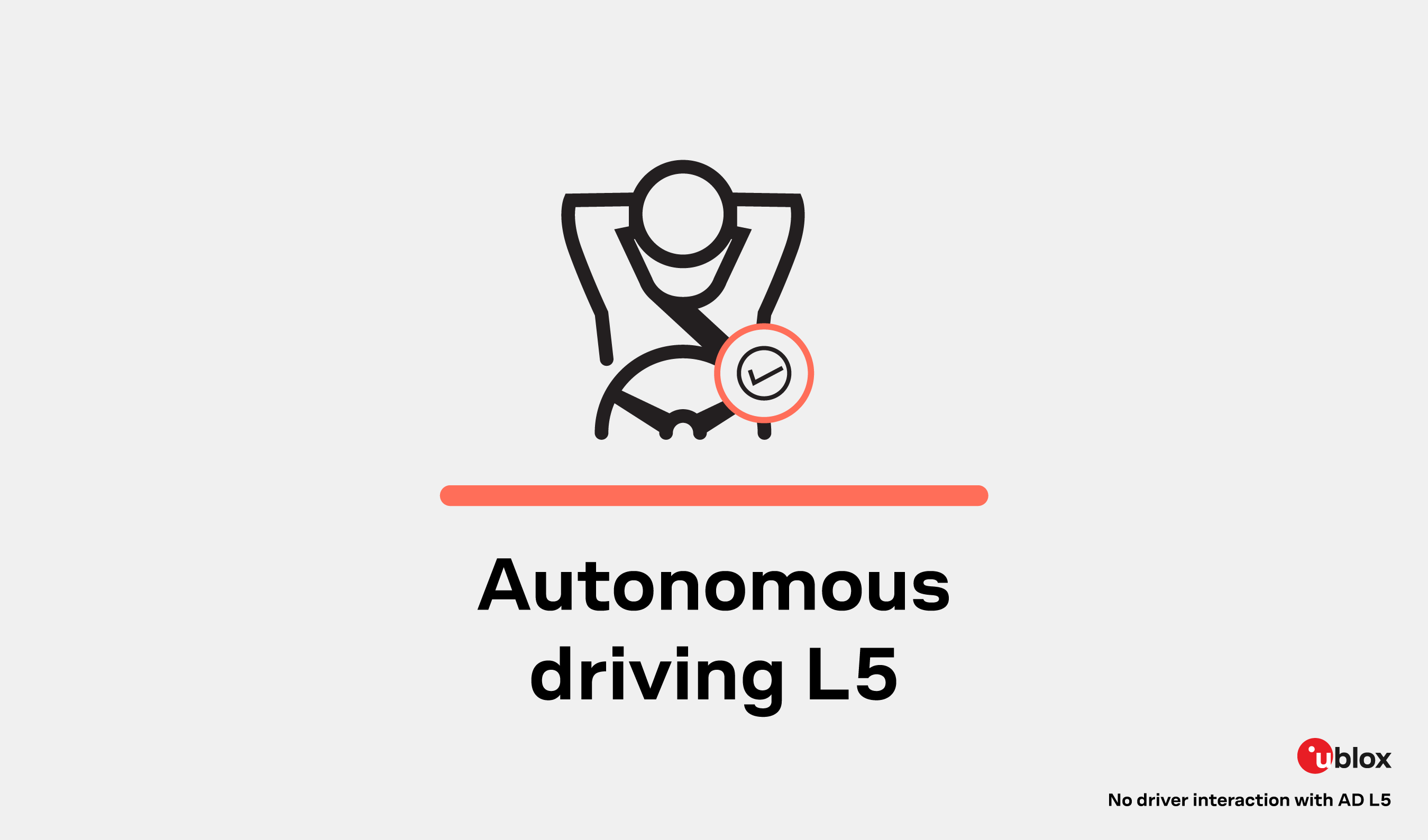
Robot taxis are already on the road. Still, this seems to be just the beginning of a long process that will take place over the next few years.
Regardless of the autonomous driving level, vehicles must determine their location in relation to the environment. This is essential to decide on the best maneuvers in each situation.
Typically, positioning functions rely on multiple inputs, including cameras, radars, HD-MAPs, IMU, GNSS, and other technologies. However, Global Navigation Satellite Systems (GNSS) is the only technology that provides absolute positioning within decimeters.
GNSS absolute positioning can be used for precise and trustworthy geofencing. This enables vehicles to decide based on the type of road whether to allow specific ADAS functionality without compromising passenger safety.
Compared to other sensors, GNSS absolute positioning is less affected by environmental disturbances. Therefore, it can be effectively used as a complementary sensor in the localization process. For example, GNSS positioning can extend the availability of precise localization or even help improve the localization safety case.
GNSS-based positioning functionality can also help meet safety objectives for the safe deployment of highly automated driving solutions. This is achieved when solutions comply with the Safety of the Intended Functionality (SOTIF) standard ISO 21448 and the Functional Safety (FUSA) standard ISO 26260.
Decades ago, vehicle assistance was minimal, but things have changed since then. Following the SAE automotive taxonomy, the industry can track specific advances at each level.
From where we stand, it seems we are entering a phase of automotive development in which many improvements are already taking place. But that wouldn’t be possible without first determining the exact position of the vehicles.
High Precision GNSS (HPG) is critical to achieving semi-autonomous driving goals for levels level 2 and level 2+. As we move to higher levels, transitioning from semi-autonomous to more autonomous driving, integrity and safety become critical. The paradigm shift from human intervention to increased automation requires not only positioning accuracy, but also trustworthiness capabilities to meet safety and SOTIF requirements.
At u-blox, we focus on achieving high-precision positioning and ensuring safety and integrity, especially in critical environments. Consequently, our solutions comply with the SOTIF ISO 21448 and FUSA ISO 26262 specifications.
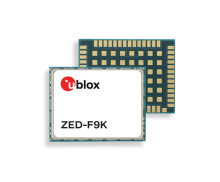
High precision dead reckoning with integrated IMU sensors

High precision dead reckoning with integrated IMU sensors
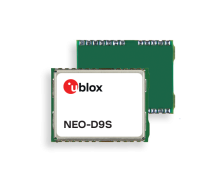
u-blox D9 correction data receiver
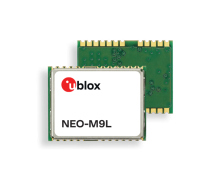
u-blox M9 automotive dead reckoning module with 3D sensors
GNSS correction service
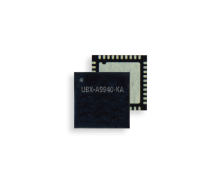
u-blox A9 functional safe GNSS chip

Easy evaluation of ZED-F9K with multi-band RTK
Safe positioning service